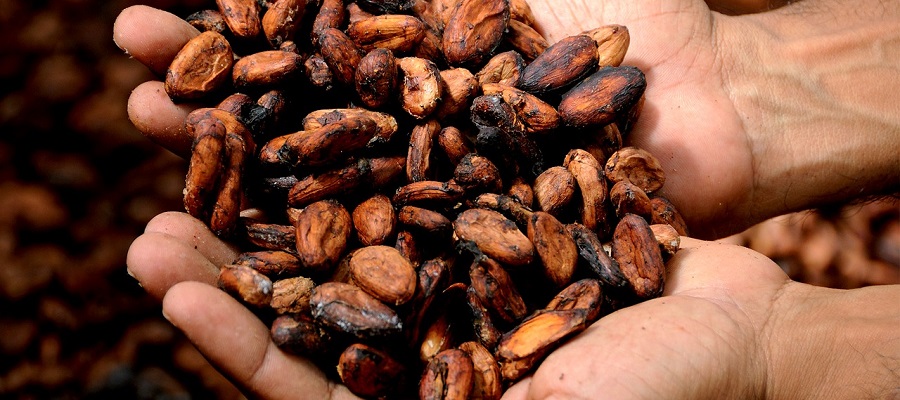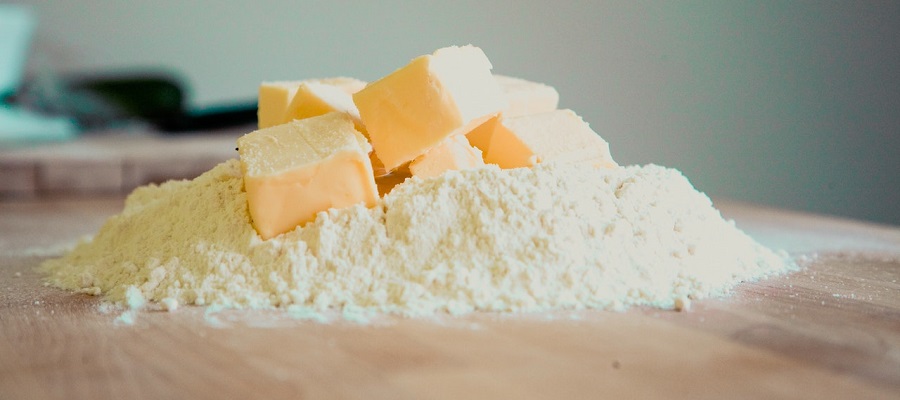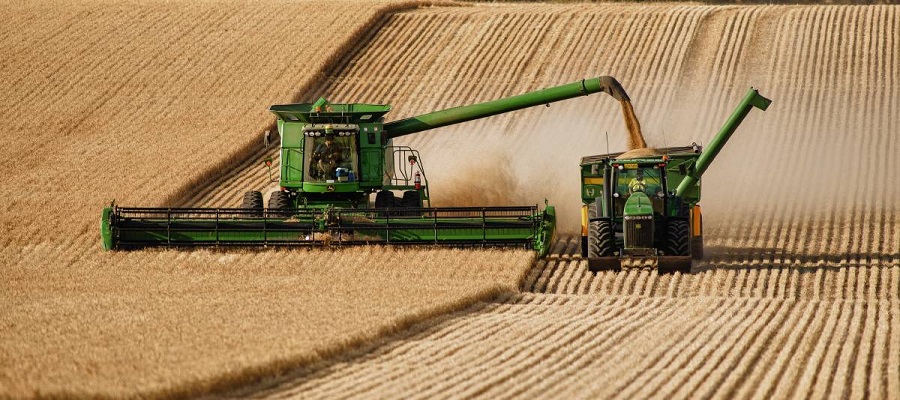If you want to learn more about cocoa production, you will love this contribution. Cocoa plants need a tropical climate to thrive. They need a lot of heat and moisture. Therefore, cocoa can only be grown in a few regions around the world, around the equator. Today, about 70 percent of global cocoa production takes place in West Africa. There, Côte d'Ivoire and Ghana are the main growing countries. Only just under 13 percent of the global cocoa harvest comes from Central and South America, the regions where cocoa originated.
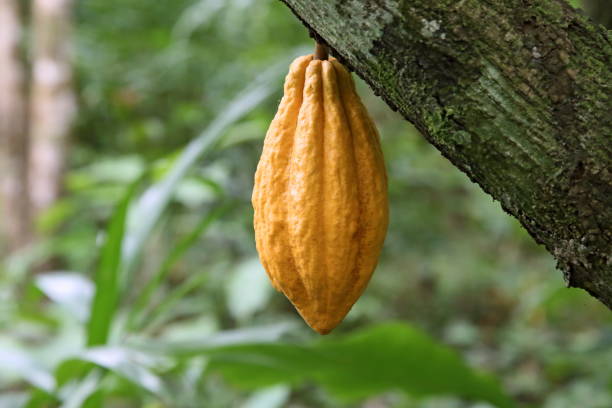
Where cocoa beans come from - Source: istockphoto.com
There are around 5.5 million cocoa farmers worldwide. Cocoa farming also provides a livelihood for up to 14 million workers and their families. Cocoa is predominantly grown by smallholder farmers. 90 percent of cocoa cultivation takes place on smaller plots of 2 to 5 hectares. By way of comparison, a soccer field is 1 hectare in size. And a farmer in Germany cultivates an average of 66 hectares.
Cocoa farming is hard manual labor
Cocoa farming is very labor-intensive and relies on manual labor. It also requires continuous attention, care and harvesting: the cacao tree blossoms all year round and thus also constantly develops fruit. The large cocoa pods grow on it and are harvested from the trees by hand. Each cacao pod contains about 20-30 seeds - the cacao beans - which are surrounded by a sweet white pulp. It takes a whole year's harvest of one tree to produce half a kilo of cacao.
Since the pods just don't all ripen at the same time, the trees must be constantly monitored. Cocoa is also a very sensitive plant, reacting quickly to changes in the weather and susceptible to diseases and pests. After the ripe pods are harvested, they are opened with machetes to expose the beans. The beans are then fermented (fermented) for several days, which gives the cacao its typical aroma. The beans are then dried and packed in bags. Now they are ready for resale to the middlemen.
From the cocoa bean to chocolate
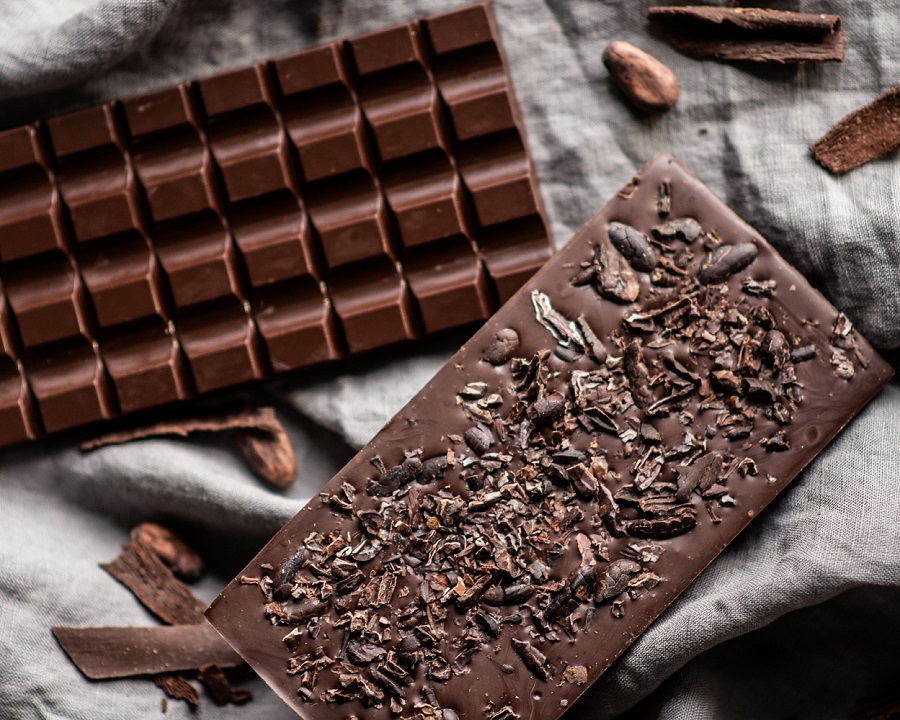
Delicious chocolate - Source: pexels.com
There is still a long way to go before the bitter bean is turned into chocolate: middlemen buy the sacks of raw cocoa beans and sell them to exporters. The majority of the cacao beans are not processed in the countries where they are grown. After the cacao beans arrive at milling companies in the global North, they are further processed. The beans are crushed and the shells removed, roasted and finally ground. The result - cocoa liquor - is used to make chocolate, or further processed into cocoa butter and cocoa powder. The harvest of a cacao tree in one year yields up to 40 chocolate bars á 100 grams - depending on the cocoa content.
